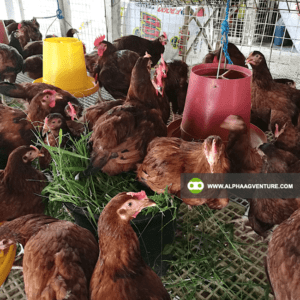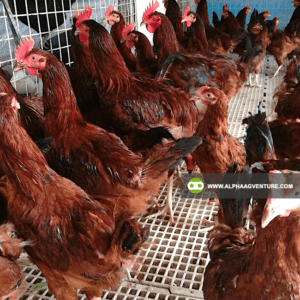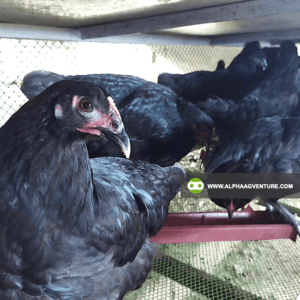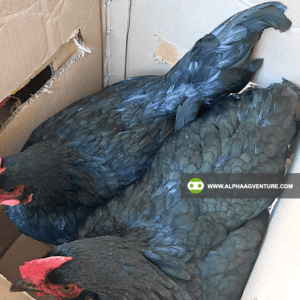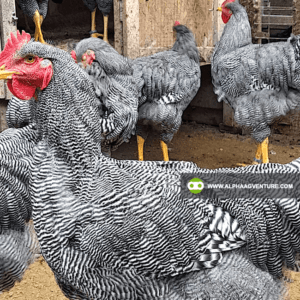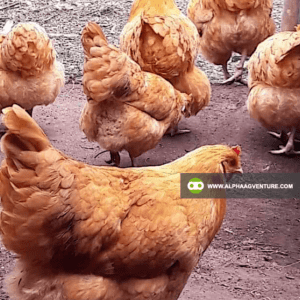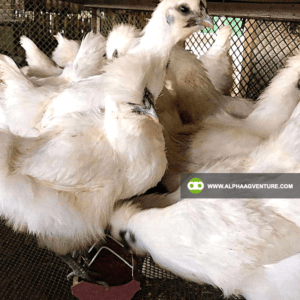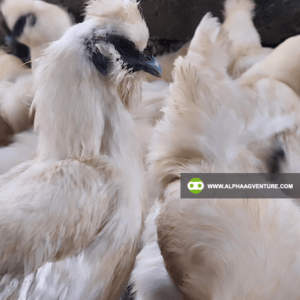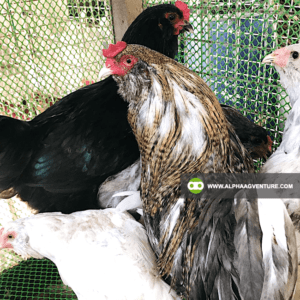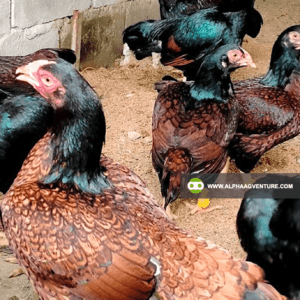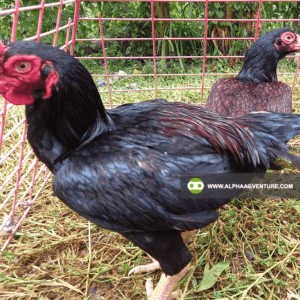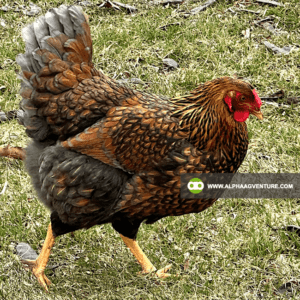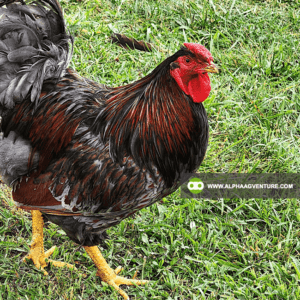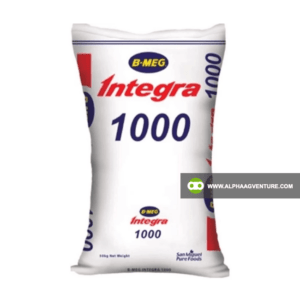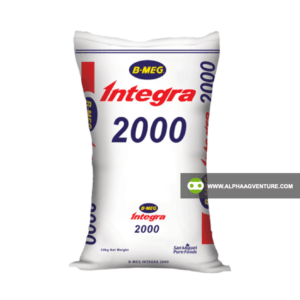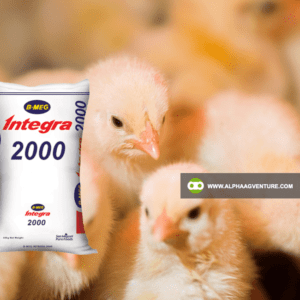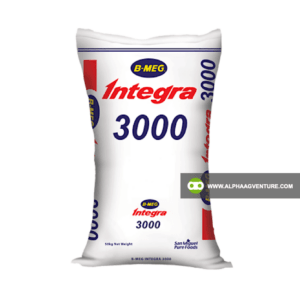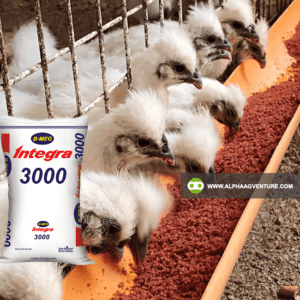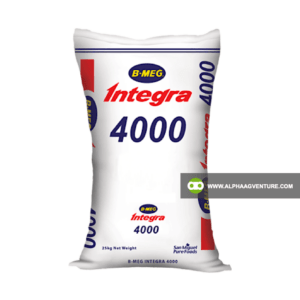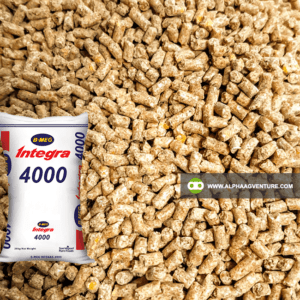The Bald Truth About Molting
Have you ever looked at your flock and thought, “Why do my chickens suddenly look half-naked?” I know I have. One day, your hens are laying eggs like clockwork, and the next, they look like they lost a fight with a feather plucker. No eggs, no energy, and feathers everywhere. It’s frustrating, but it’s a natural process, and trust me, it doesn’t have to be a disaster if you know what you’re doing.
Molting is the chicken’s version of a factory shutdown for maintenance. It’s their way of hitting the reset button—getting rid of old, worn-out feathers and growing fresh ones. But here’s the problem: growing feathers takes up a lot of energy, which means egg production drops or even stops. In the Philippines, where the heat can already stress out our flocks, molting adds another layer of challenge. That’s why I make sure to prepare my chickens in advance so they bounce back faster and return to laying as soon as possible.
Understanding the Molting Process
Molting usually starts in the Philippines during the transition from the rainy season to the dry season, which is around October to November. It typically lasts 6 to 16 weeks, depending on the breed, diet, and overall health of the chickens. For most of my flocks, molting ends by February or March as the weather begins to warm up and daylight hours increase. This period can vary, but in general, it’s a time when chickens shed their old feathers and grow new ones, which also affects their egg production. Understanding the timing of molting helps me plan ahead for reduced egg production and ensures I take the right steps to support my chickens through this phase. Molting isn’t just random feather loss. It follows a pattern. First, the head and neck feathers fall out, then the back and wings, and finally, the tail.
I’ve noticed that different breeds handle molting differently. My Rhode Island Reds and Barred Plymouth Rocks tend to molt gradually, so I still get a few eggs during the process. Ameraucanas and Cornish, on the other hand, seem to drop all their feathers overnight—making them look like they just walked through a typhoon. Black Australorps and Buff Orpingtons molt at a steady pace, while my Chinese Silkies take their sweet time. For hybrid layers like Tetra Browns, Dekalb Whites, and ISA Whites, molting is usually shorter, especially if I manage their diet well.
Understanding how molting works helps me adjust my farm’s management plan. I don’t just sit back and let nature take its course—I make sure my chickens have everything they need to get through this phase smoothly.
How I Help My Chickens During Molting
1. Nutrition: Feeding Feathers Back In
Since feathers are made of about 85% protein, I always switch my flock to a high-protein diet during molting. Regular layer feeds with 16% protein just won’t cut it, so I give them feeds with at least 18-20% protein. In the Philippines, good protein sources are easy to find—fish meal, soybean meal, azolla, and moringa leaves are your choices. During the molting period, I adjust my chickens’ diet so that 25% is Integra 1000, while the remaining 75% is either Integra 4000 or Pureblend Layer 1. Chick boosters like Integra 1000 have a higher crude protein content than Integra 4000 or Pureblend Layer 1.
Calcium is another thing I adjust. Since my hens aren’t laying as much (or at all), they don’t need as much calcium as usual. But I still give them some crushed eggshells or limestone to maintain bone strength. Overfeeding calcium during molting can actually slow down feather regrowth, so I keep things balanced.
2. Managing Stress: Keeping Chickens Happy During Molt
Molting is already stressful, so the last thing I want to do is make things worse. I keep handling to a minimum because molting birds have extra-sensitive skin. I also make sure they have shaded areas, dust baths, and good ventilation to stay comfortable.
One thing I’ve learned is that stress delays feather regrowth. That’s why I never introduce new birds to the flock during molting—it just causes unnecessary pecking and aggression. To keep my chickens calm, I add Aviotix to their diet. I mix 1 tablespoon of Aviotix per 1 liter of drinking water every other day. This proprietary blend of natural vitamins helps reduce stress and supports their immune system, keeping them strong during molting. Unlike other stress relievers, Aviotix is specifically designed to enhance overall health and help maintain balance during this challenging time.
3. Adjusting Lighting and Housing Conditions
Molting is influenced by daylight, so I use a controlled lighting program to support my chickens during this period. I install warm white LED bulbs at 9 watts per 19 square meters and turn them on from 2 AM to 6 AM to help regulate their internal cycles. When it’s dark due to heavy rain or storms, I sometimes extend the lighting period to 20 to 24 hours to keep them comfortable and prevent unnecessary stress.
During molting, I also add extra roosting space so my birds can rest without being crowded. Good ventilation is a must—overheated chickens take longer to recover. And, of course, I always keep the coop clean to prevent infections, which could make molting drag on longer than necessary.
Common Problems During Molting and My Solutions
- Chickens refusing to eat: If my birds lose their appetite, I give them wet mash or fermented grains to make food more appealing.
- Slow feather regrowth: This usually means they need more protein or vitamins. To speed up the process, I add 1 tablespoon of my proprietary natural vitamins, Aviotix, per 1 liter of drinking water every other day. This helps ensure they get the right balance of amino acids and vitamin A for faster feather regrowth.
- Molting or disease? If I see patchy feather loss and unusual behavior like lethargy, I check for mites and other parasites. Treating infestations early prevents bigger problems.
Can Molting Be Controlled?
Some farms force-molt their chickens by withholding feed or adjusting diets, but I don’t believe in stressing my birds unnecessarily. Forced molting may get them back into laying faster, but it shortens their lifespan and makes them weaker in the long run.
Instead, I use flock rotation. I make sure not all my hens molt at the same time so I still get a steady supply of eggs. Hybrid layers like Tetra Brown and Dekalb White also help with farm efficiency since they molt faster than heritage breeds.
How I Prepare for Molting Season
If you’ve been raising chickens long enough, you know that being caught off guard during molting season is a nightmare. That’s why I always prepare in advance. Before molting starts, I stock up on high-protein feeds, adjust housing conditions, and make sure my flock is in top shape. Selective breeding also plays a role—some breeds, like ISA Whites, have more predictable molting patterns, which helps me plan farm operations better.
Want to Master Molting and More?
Molting is just one of the many challenges we face as chicken farmers. If you want to learn how to manage your flock more efficiently, I highly recommend registering to my pre-recorded Heritage Chicken Farming Seminar. It covers advanced poultry management techniques that can help you optimize your farm for maximum productivity.
Feathering the Nest: Final Thoughts
Molting season might seem like a frustrating downtime, but it’s actually an opportunity to reset your flock for better future egg production. By providing the right nutrition, reducing stress, and preparing in advance, you can make this transition smoother for both you and your chickens.
Now, tell me—how do you handle molting on your farm? Share your experiences in the comments. Let’s exchange tips and make this season easier for all of us!
References
- Leeson, S., & Summers, J. D. (2005). Commercial Poultry Nutrition. Nottingham University Press.
- Scanes, C. G. (2015). Sturkie’s Avian Physiology. Academic Press.
- Philippine Council for Agriculture, Aquatic and Natural Resources Research and Development (PCAARRD). (2020). Poultry Production Manual.
- Jones, D. R., et al. (2018). “Effects of Molting on Hen Physiology and Egg Production.” Journal of Applied Poultry Research, 27(3), 400-412.
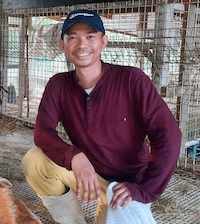
Mr. Jaycee de Guzman is a self-taught agriculturist and the founder and patriarch of Alpha Agventure Farms, recognized as the leading backyard farm in the Philippines. With a rich background in livestock farming dating back to the early 1990s, Mr. de Guzman combines his expertise in agriculture with over 20 years of experience in computer science, digital marketing, and finance. His diverse skill set and leadership have been instrumental in the success of Alpha Agventure Farms.



